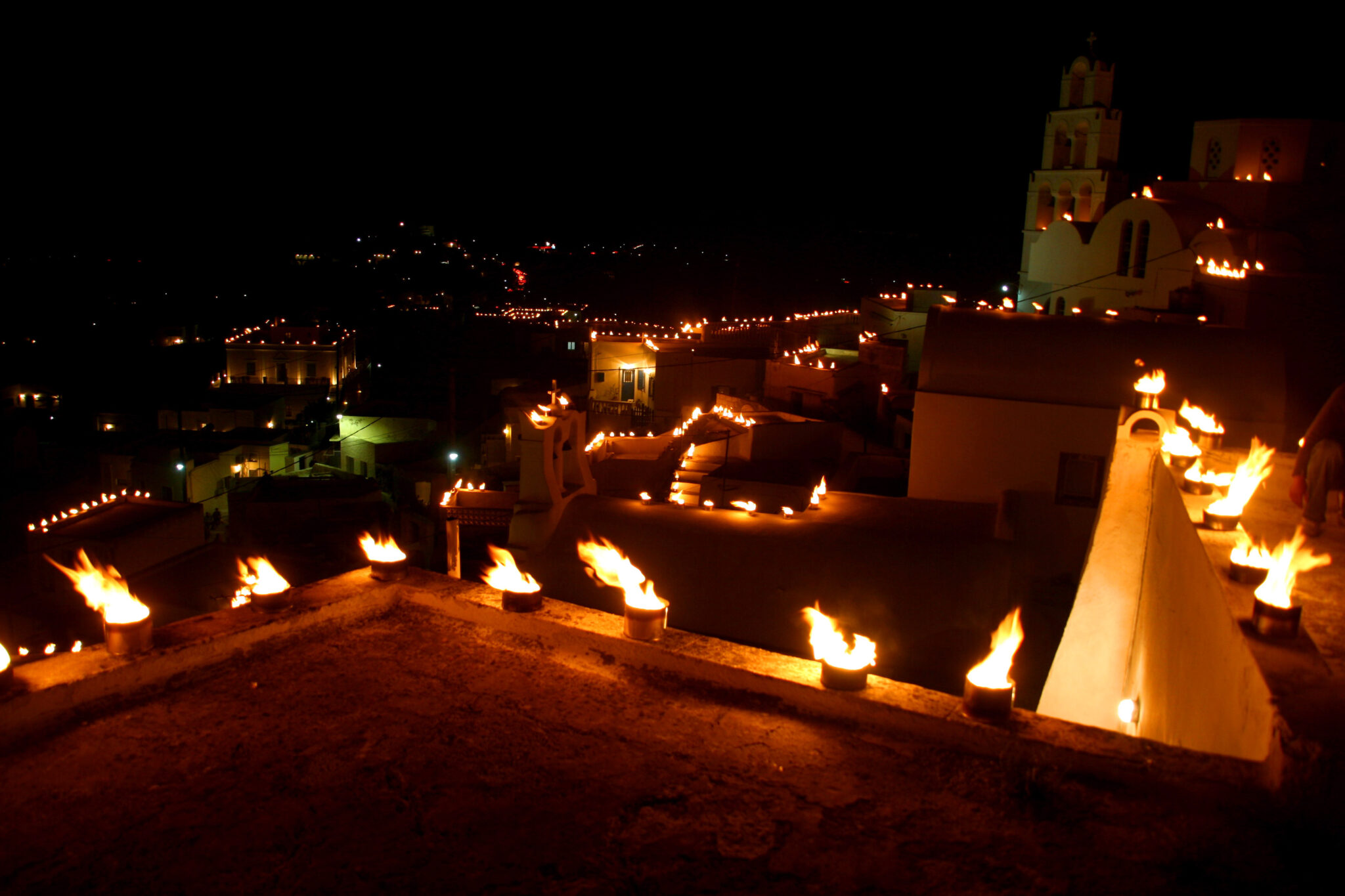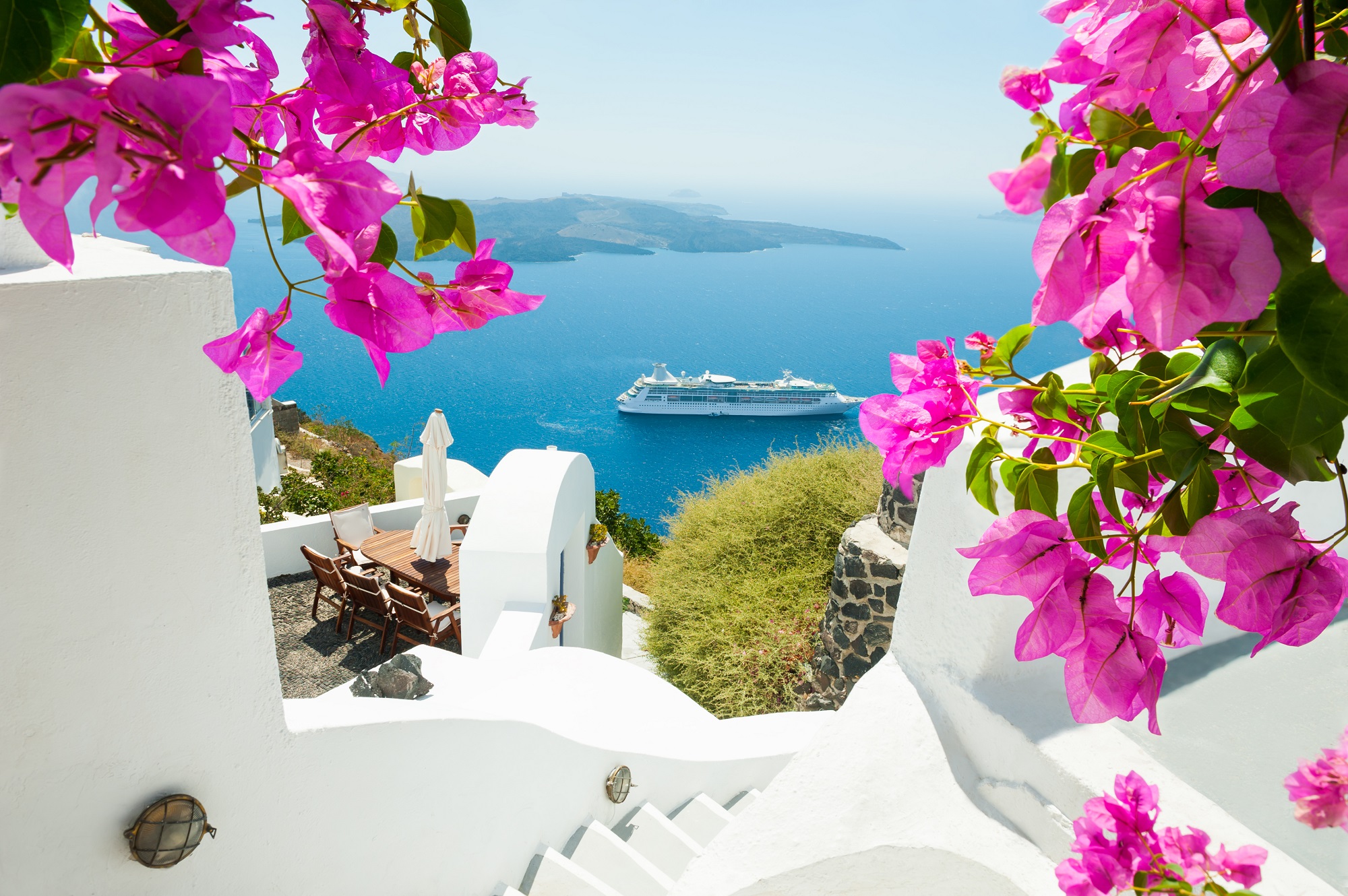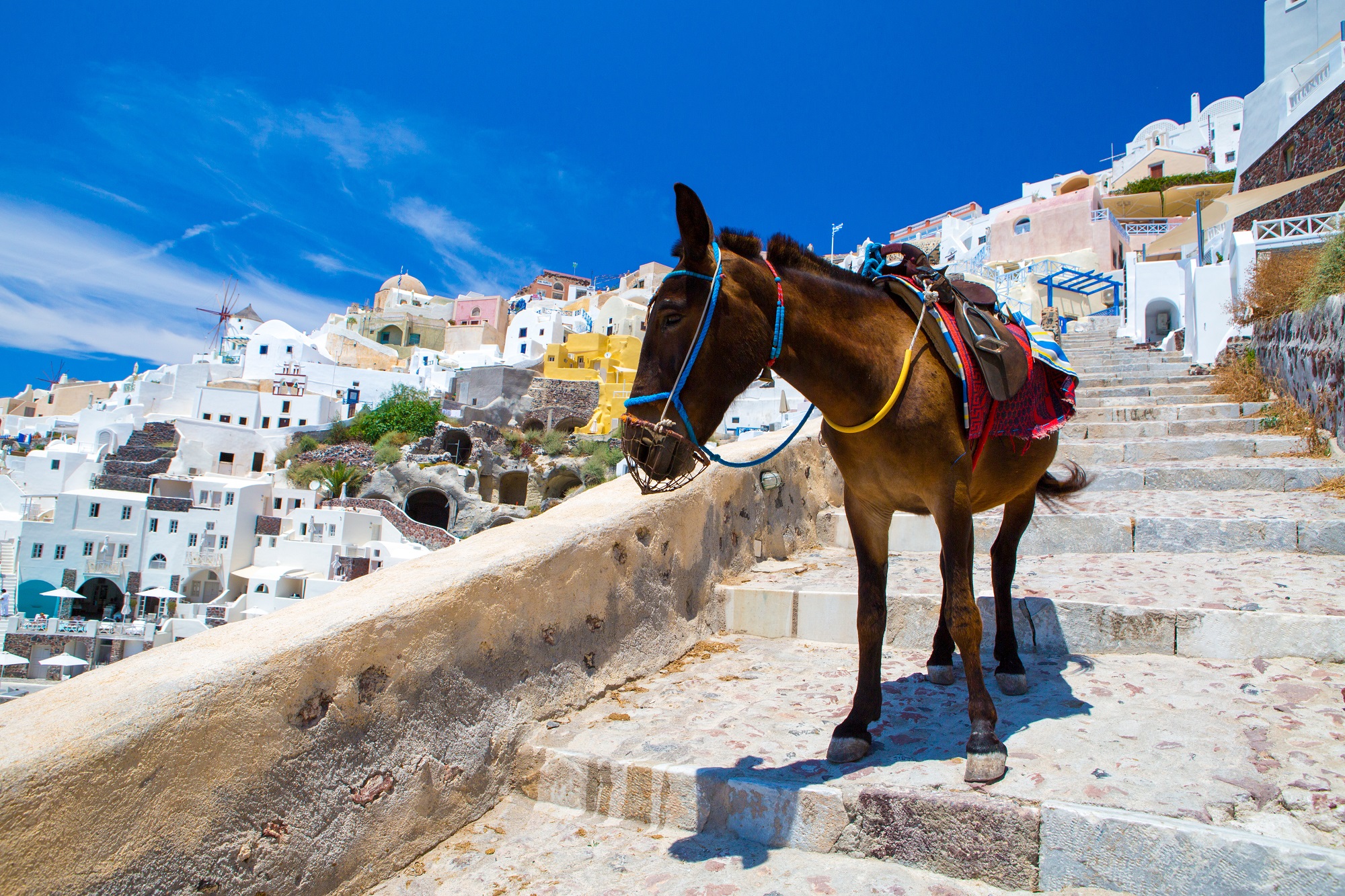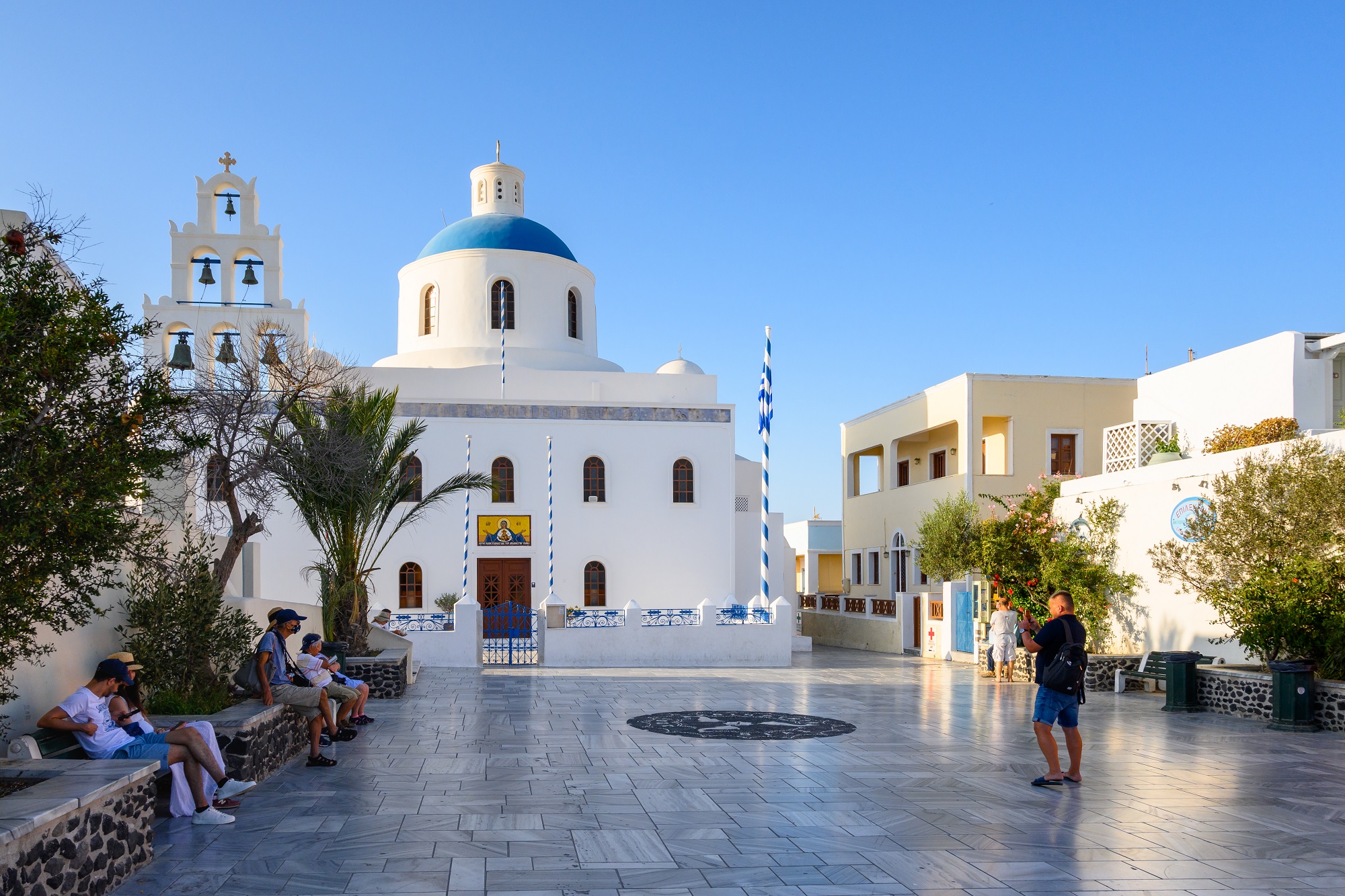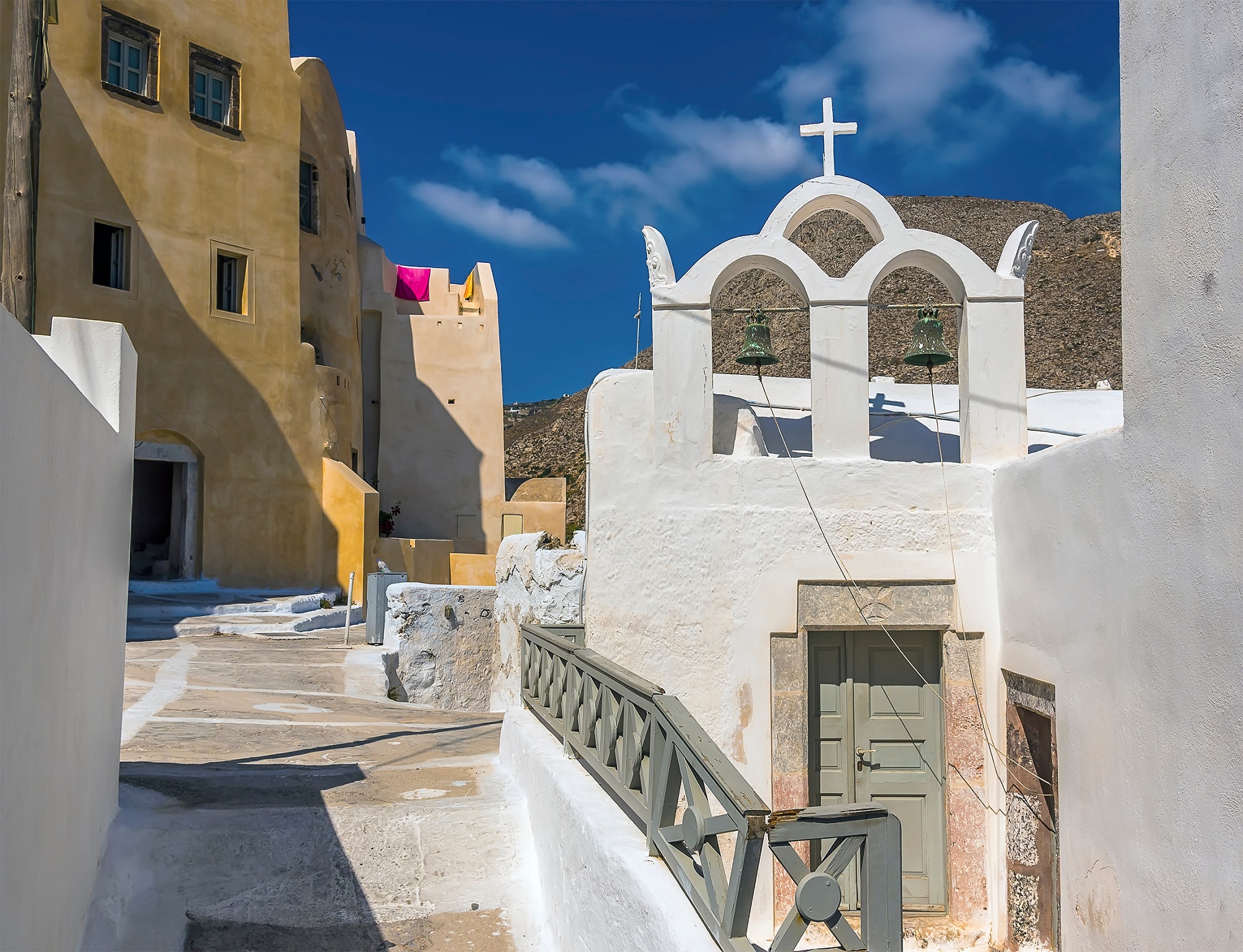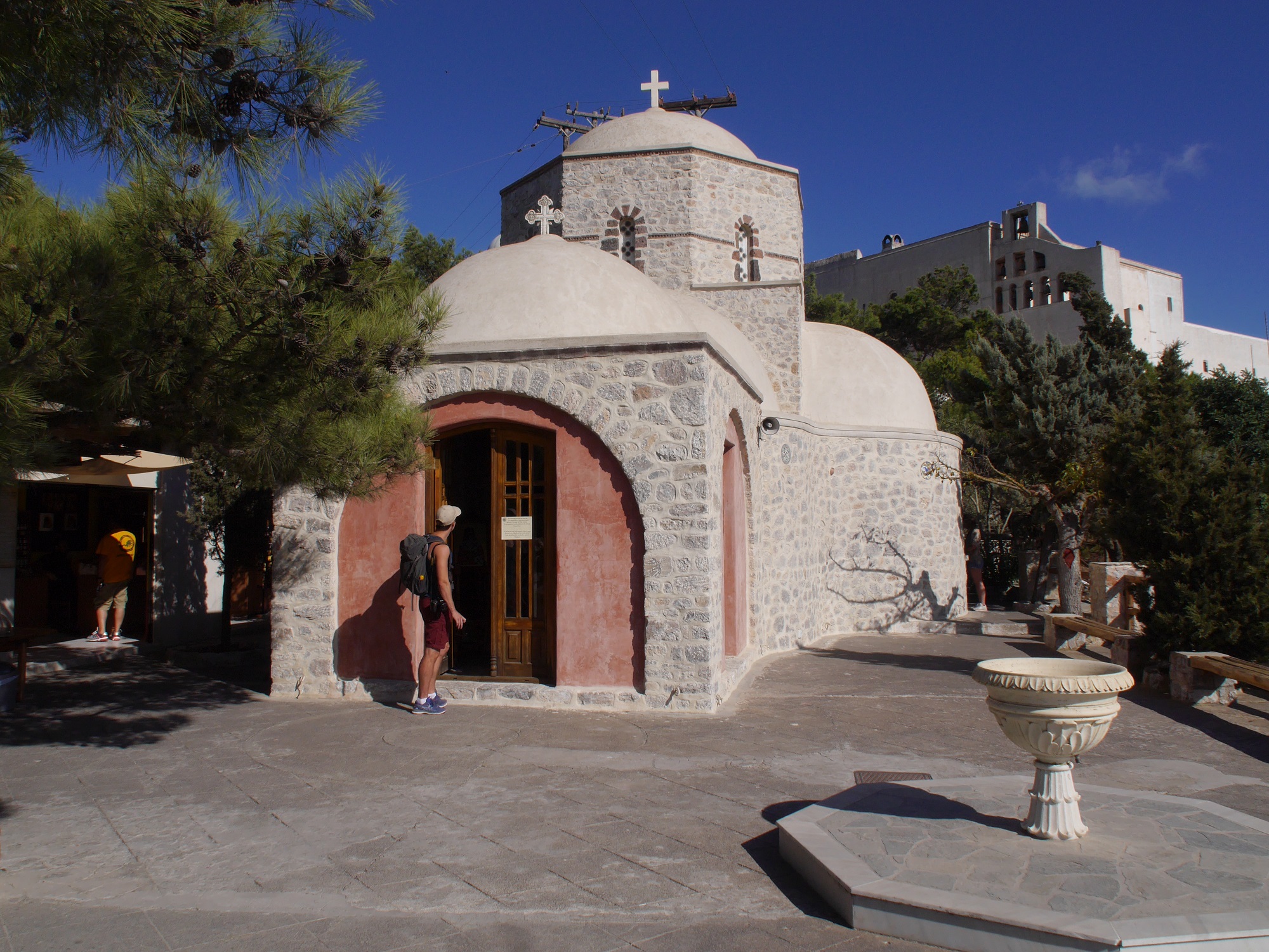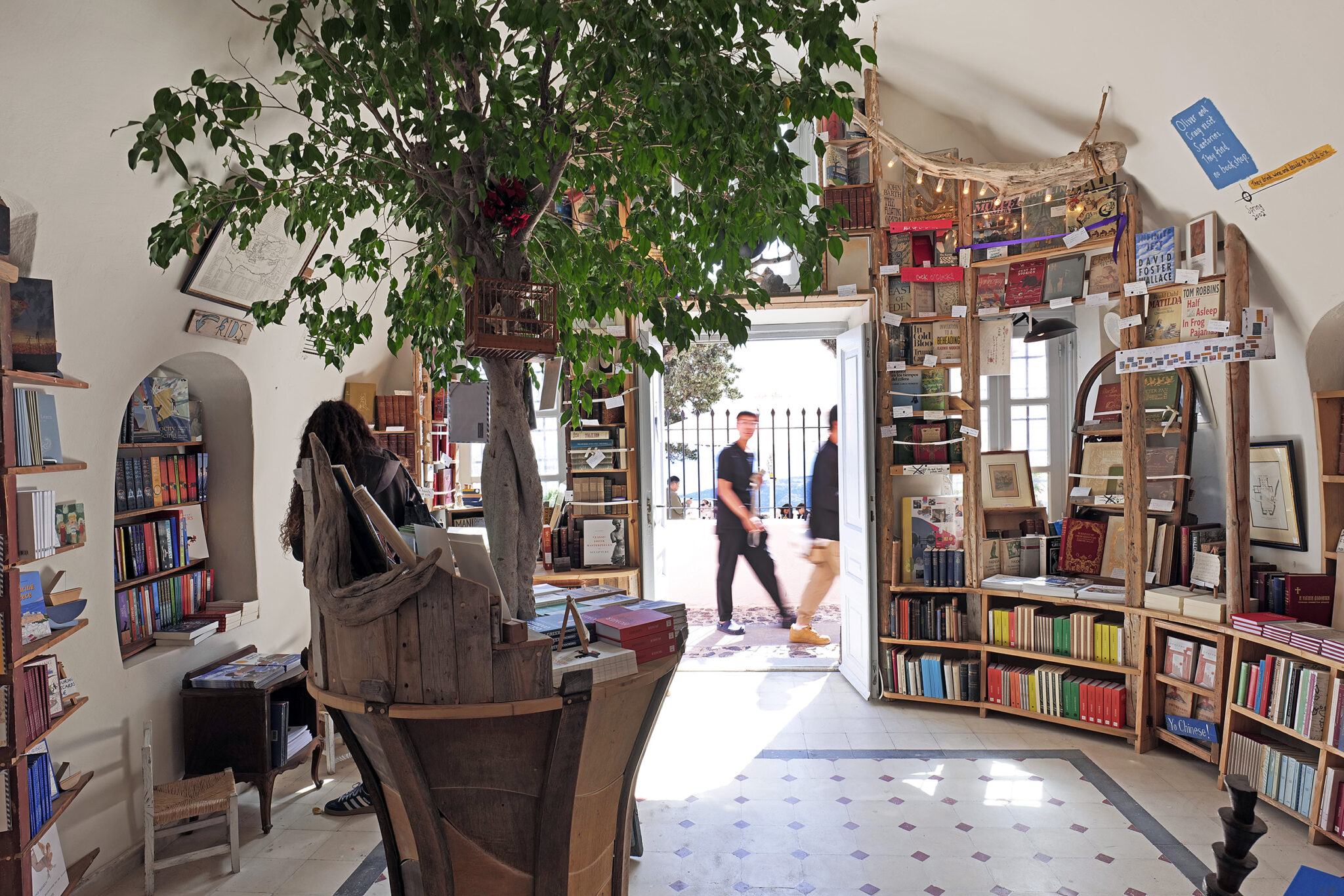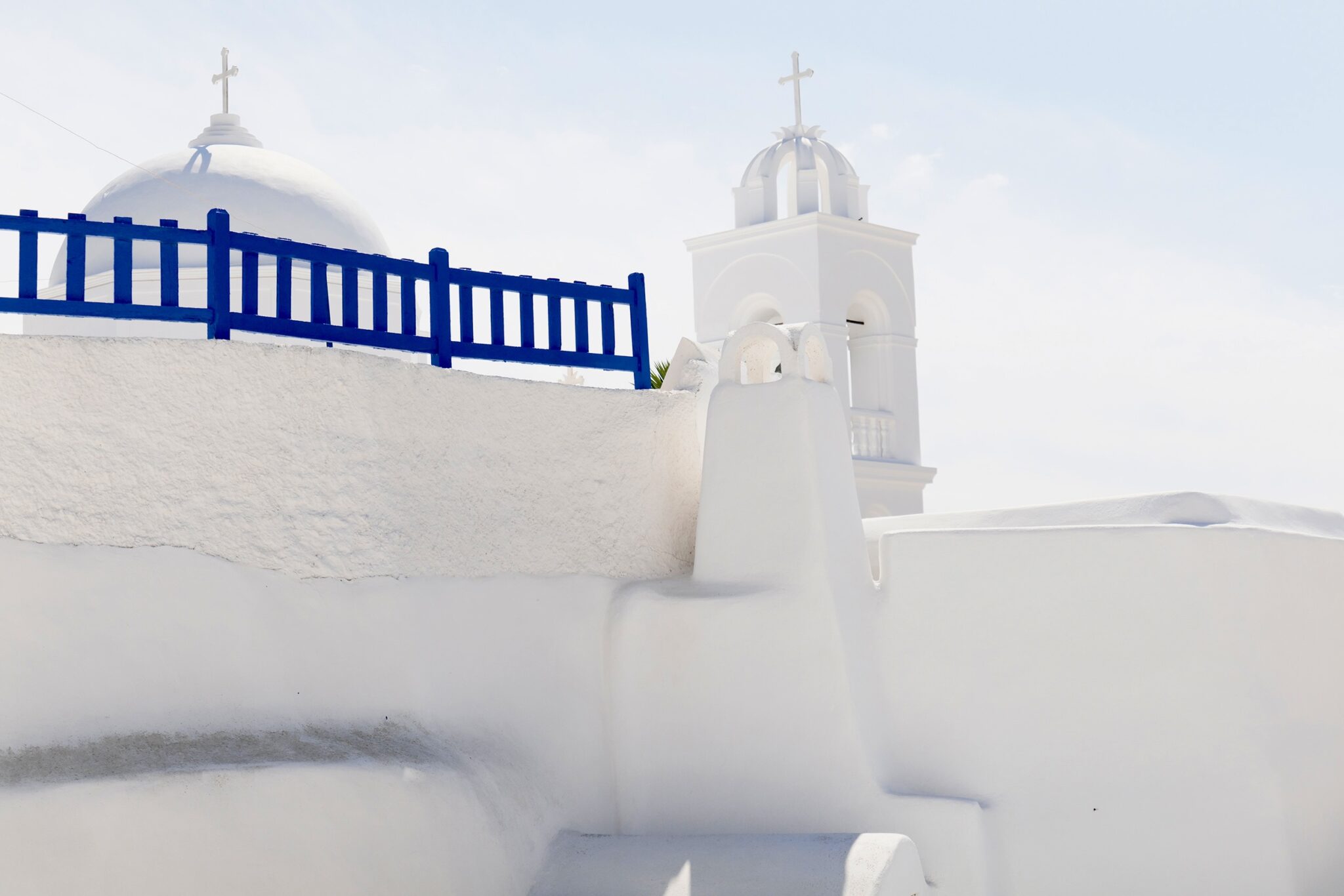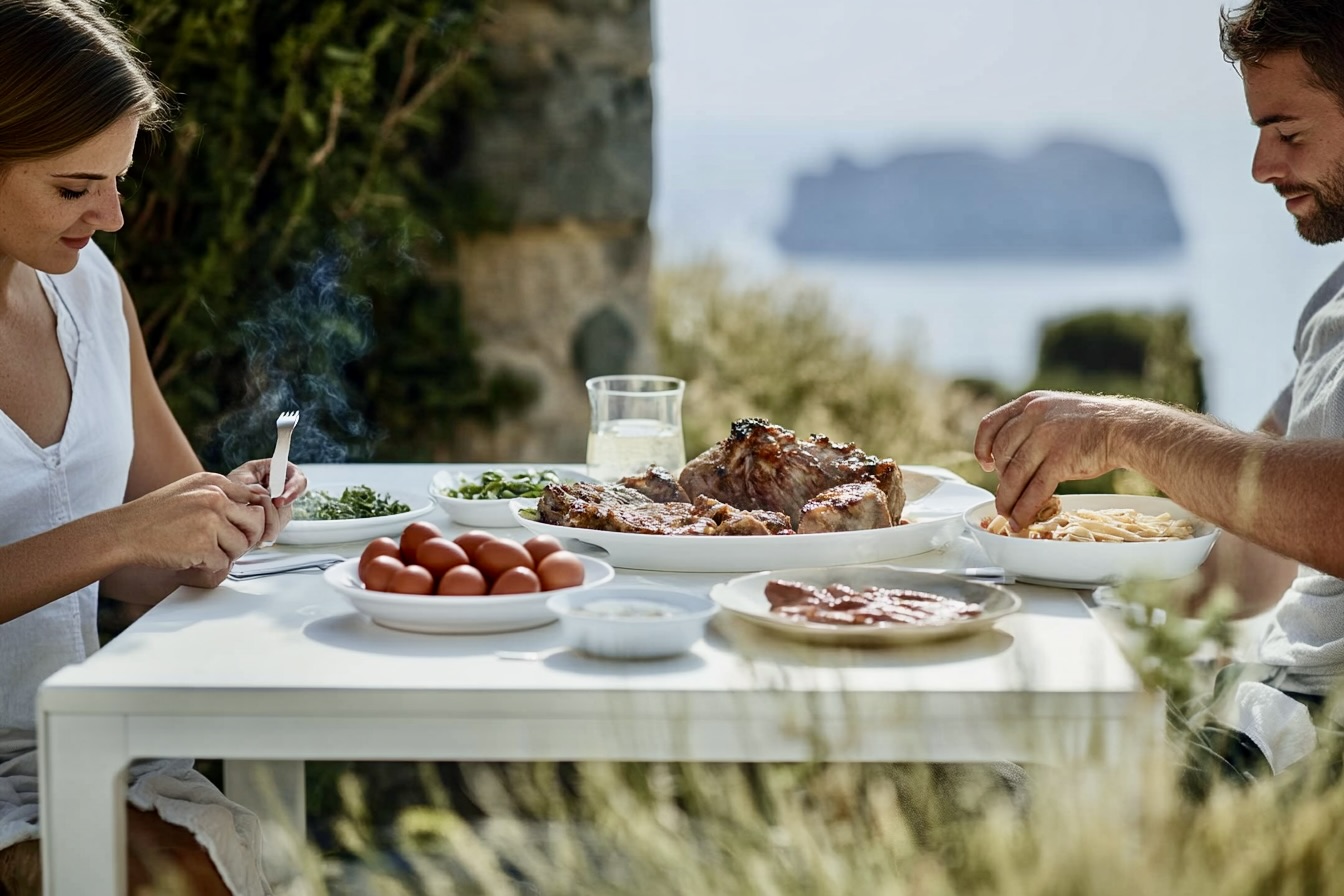Santorini, the world-famous Cycladic gem, is renowned for its beauty and iconic Greek summer allure. However, those acquainted with the island know it’s also an ideal Easter destination.
The increasing number of people choosing to spend Easter in Santorini attests to its appeal. The island’s unique volcanic landscapes, the opportunity to enjoy it without the usual tourist crowds, and distinct traditions make Easter in Santorini an unforgettable experience, even for return visitors.
5 Unforgettable Easter Traditions to Experience in Santorini
No matter how stunning Santorini’s volcanic landscape or how serene the island is without summer crowds, it’s the unique Easter traditions that make the experience truly special.
Immerse yourself in these traditions throughout Holy Week, beginning on Lazarus Saturday. Even if you miss some events, you’ll find decorated Lazarus crosses (large wooden crosses made from boat wood) displayed in squares across Santorini until Holy Saturday.
Experience the Solemn Atmosphere of Holy Week in Oia at Panagia Platsani
During Holy Week, beautiful services featuring Byzantine hymns and psalms like “Troparion of Kassia” and “Eksedysan Me” take place. The picturesque village of Oia, perched on Santorini’s northern edge, is the perfect setting to enjoy these hymns. Services are held at Panagia Platsani Church in Oia’s center, dedicated to the Akathist Hymn Holy Mother. Its name originates from the unique story of the icon found inside, discovered in Crete’s sea by fishermen – the word Platsani refers to the sound made by waves.
Previously, Panagia Platsani stood at the spot where summer tourists flock to witness Oia’s world-famous sunset. The church was destroyed in the 1956 earthquake and later rebuilt in its current location.
On Good Friday evening
Visit Emporeio, Santorini’s largest village, situated on the island’s southern edge. Witness the age-old Simantra tradition, believed to have originated during the Ottoman rule. A procession led by men carrying a lamp and a Greek flag begins at the village square, followed by residents with makeshift instruments. Together, they “chime” throughout the village, calling villagers to the evening Epitaph service. The procession stops at churches to pay tribute, while locals open their doors to offer tsikoudia (raki), hard candy, and Lenten mezes.
The Epitaph
Pirgos Kalistis, located inland and 10 km from Fira, is the highest village on Santorini. It hosts one of Greece’s most renowned Epitaph processions on Good Friday, considered the most solemn and devout in the Cyclades, due to its connection to the Santorini tradition of “denekedakia.”
After the afternoon Descent from the Cross, the “Tantalo” announces the event in the streets as church bells mournfully toll. In the evening, as the Epitaph procession begins, residents light thousands of tin lamps called “denekedakia” on either side, creating a stunning display. Women emerge from their homes to sprinkle the Epitaph with rose water from their gardens.
This cherished tradition continues each year, with locals striving to light as many denekedakia as possible. If the weather permits, they remain lit until Holy Saturday morning.
Resurrection in Pirgos, at Profitis Ilias monastery
On Holy Saturday night, experience the Resurrection in Pirgos, Santorini’s spectacular Easter sight. Built at an altitude on Profitis Ilias mountain, Pirgos is home to the monastery of the same name, which dates back to 1711. The mitre of the Ecumenical Patriarch of Constantinople, Gregory V, executed by the Ottomans in 1821 as retribution for the War of Independence, is preserved there.
At the monastery, the Resurrection is a solemn religious event without firecrackers. Bring a red egg and a “koutsouna” (traditional Easter bread) to celebrate. Due to the altitude, you can enjoy fireworks from other Santorini villages.
The Santorini Easter flavours
Complete your Easter experience with unique, tasty local cuisine. “Sgardoumia,” an offal soup originally from Thirasia but now popular across Santorini, are prepared on Holy Saturday afternoon and eaten after the Resurrection. This local version of magiritsa soup with rosemary sticks, with lamb intestines which are then wrapped before cooking.
On Easter Sunday, indulge in traditional melitinia, a local sweet similar to Cretan lihnarakia and Paros myzithropitakia. Made with unsalted mizithra cheese, sugar, and Chios mastic, melitinia were once prepared by women gathering at one house to make them together. The most skilled would “embroider” the delicate design, arranging the filling to resemble a small basket.
Read also:



